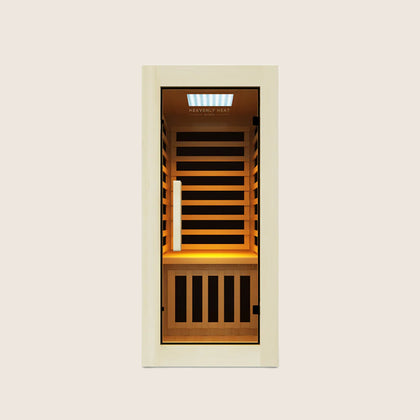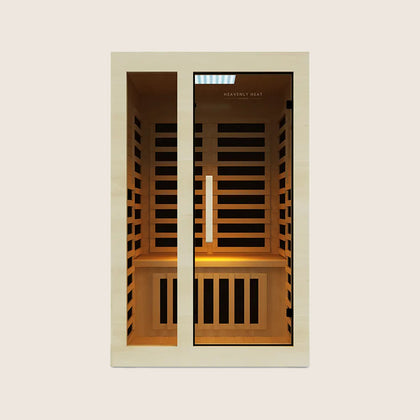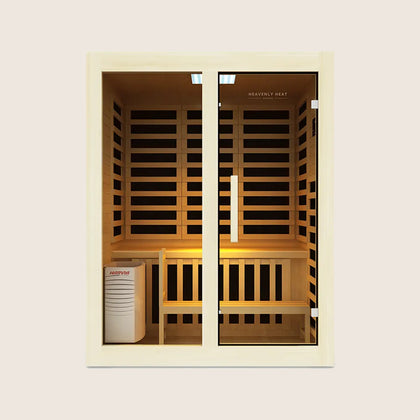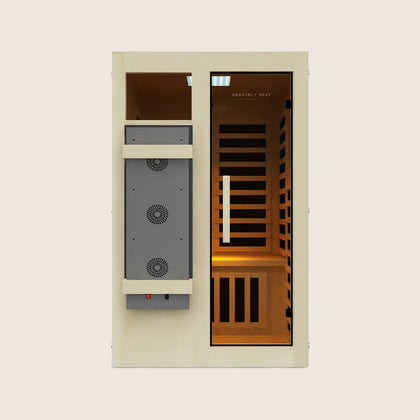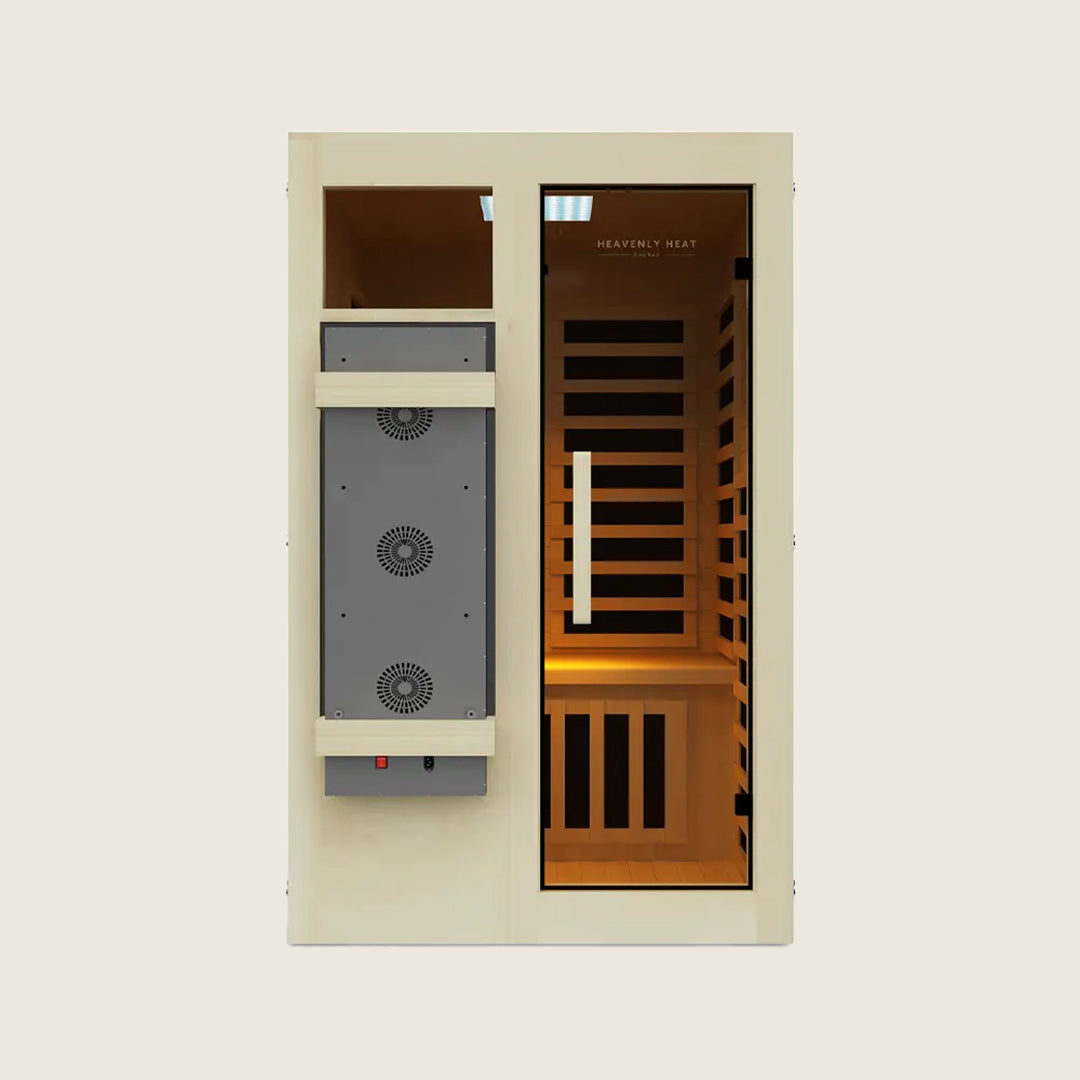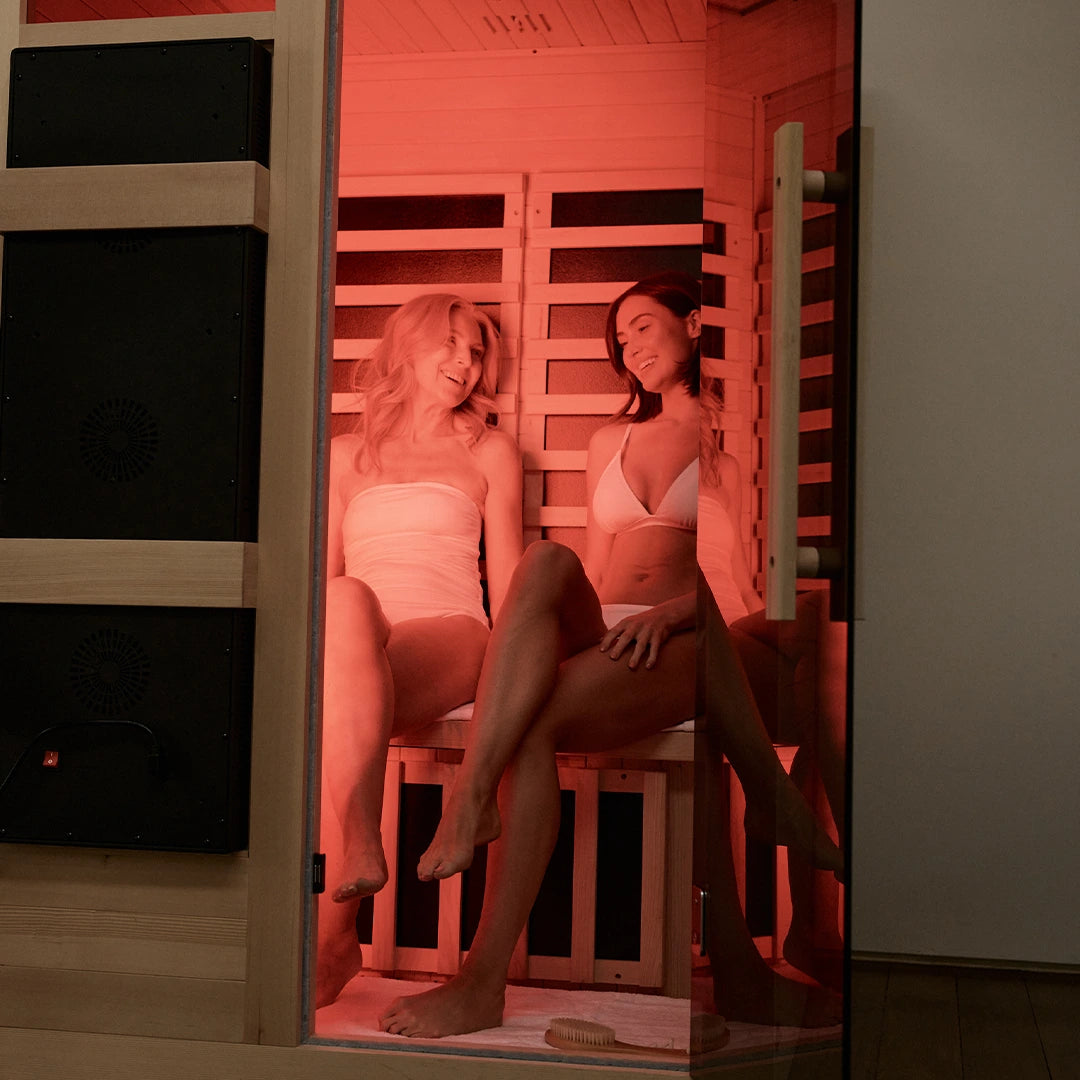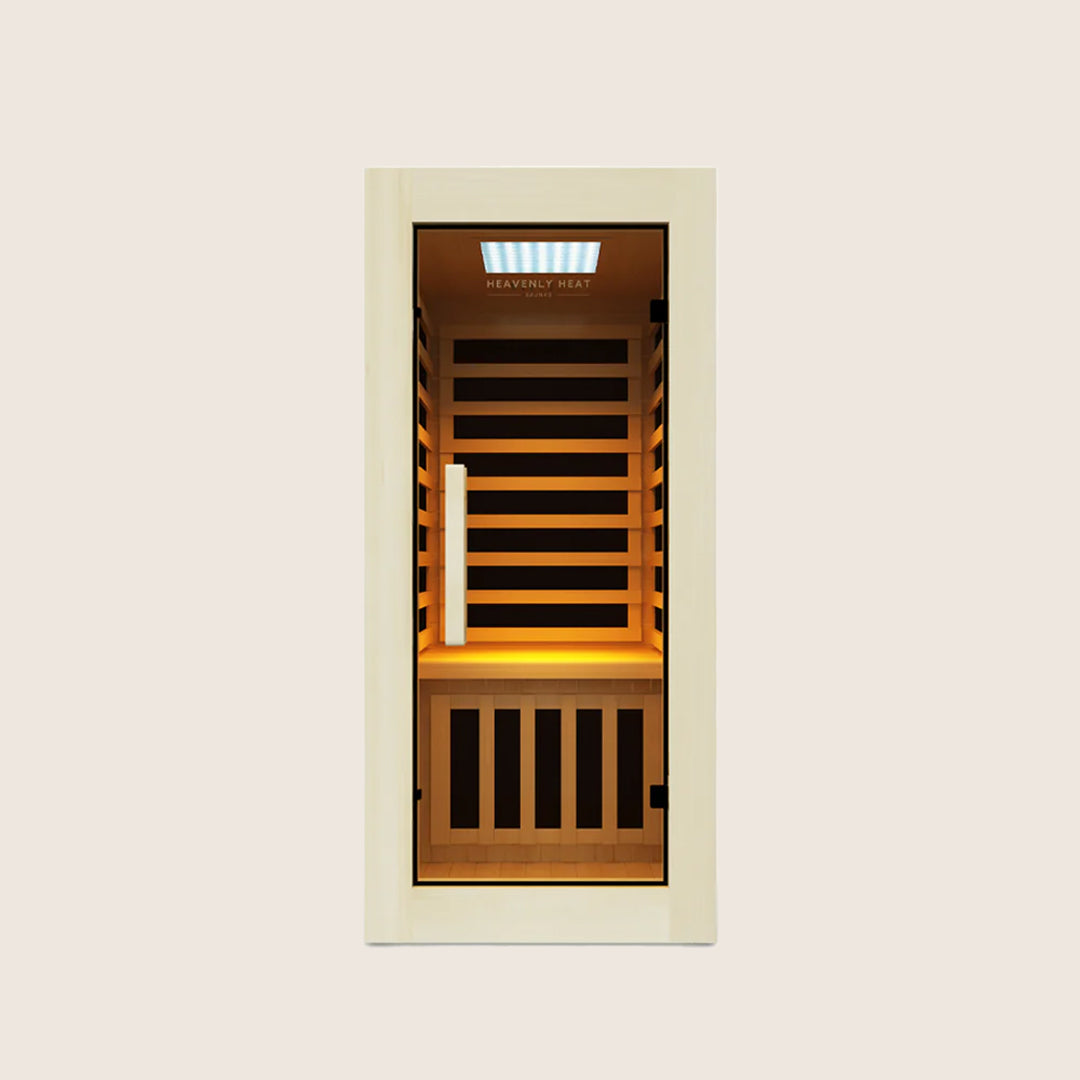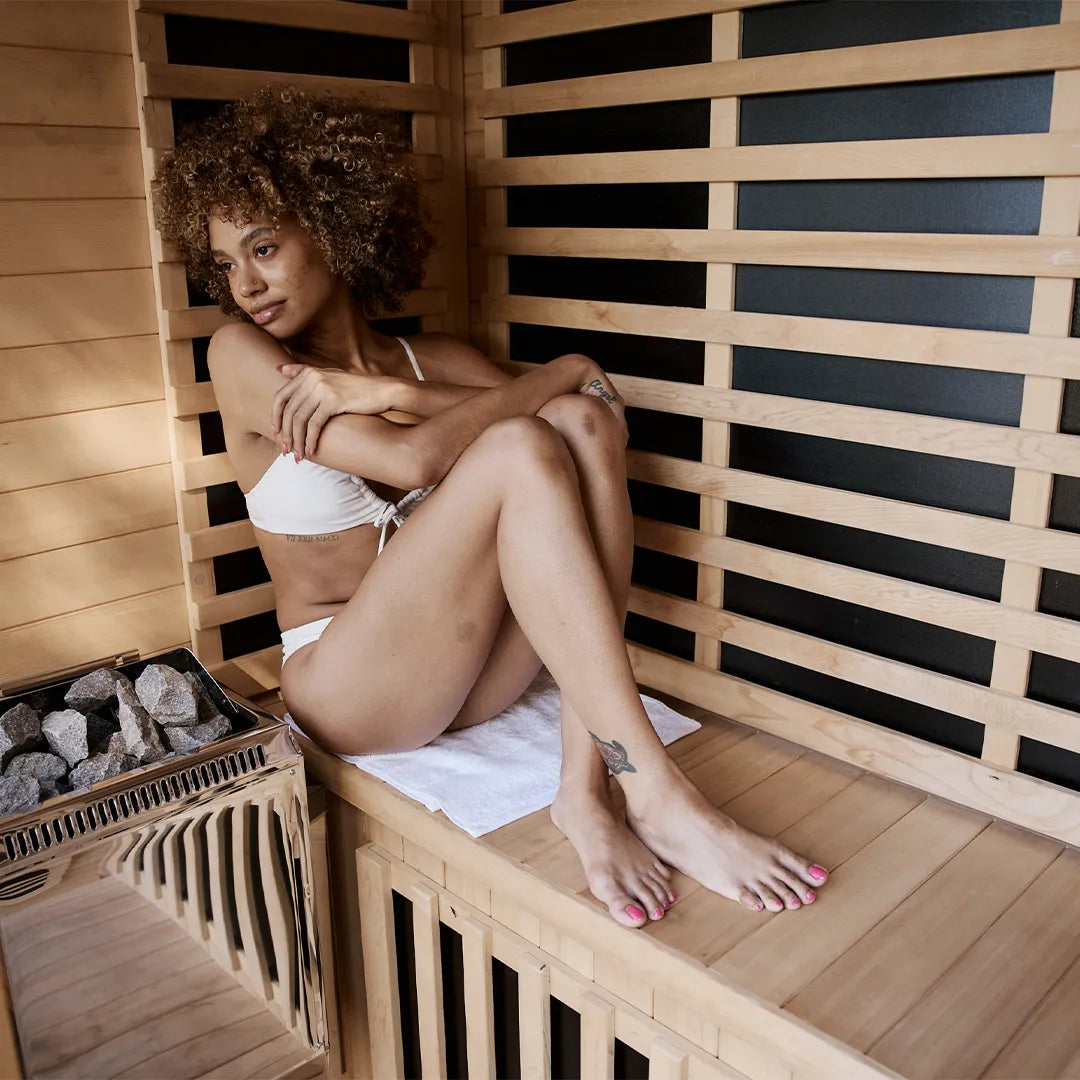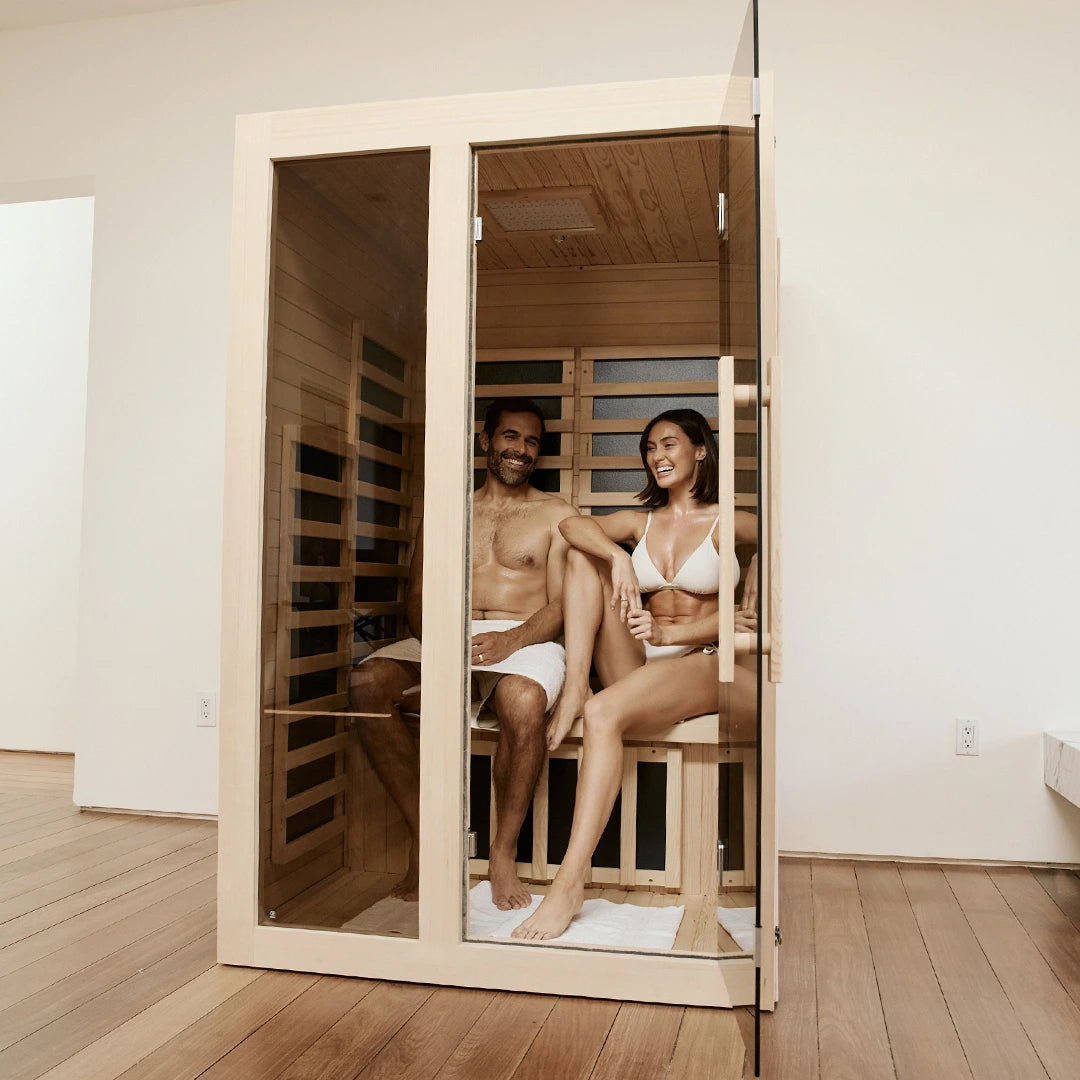Does Infrared Sauna Cause Skin Cancer?
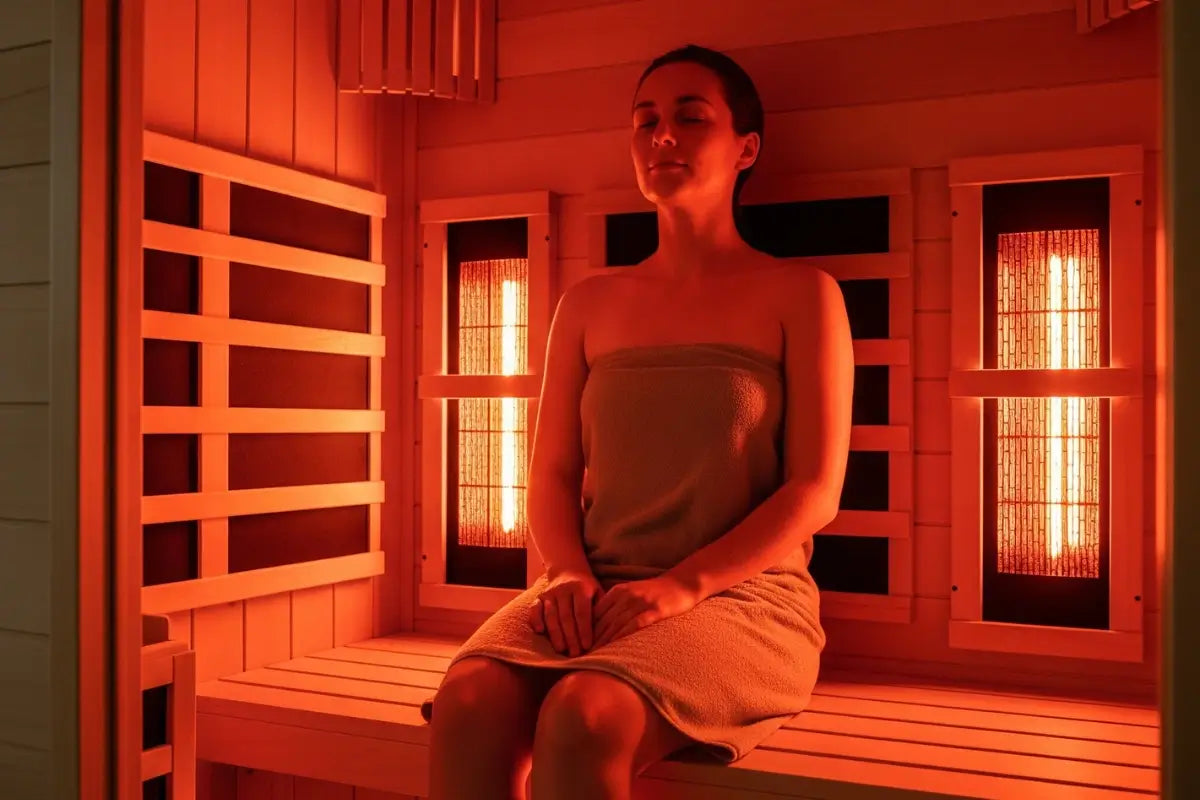
Does infrared sauna cause skin cancer? Symptoms like new moles, persistent sores, or itching skin can signal danger, making daily life stressful and worrying.
Ignoring these signs risks advanced, harder-to-treat cancer that spreads silently. But what if the soothing heat of an infrared sauna isn’t the threat you fear? Discover the truth and protect your skin with facts, not fear.
Table of contents
Key Takeaways
Infrared saunas use gentle heat that warms your body without harmful UV radiation.
Infrared radiation does not damage skin cells or increase skin cancer risk.
Stay hydrated and limit sessions to 15–30 minutes to protect your skin and avoid overheating.
Use gentle skincare before and after sauna sessions to maintain healthy skin.
Cancer survivors should consult their doctors and take extra precautions when using infrared saunas.
What is an Infrared Sauna?
- Infrared saunas warm your body directly, not the air: Unlike regular saunas that heat the whole room, infrared saunas use light to warm your body from the inside, making it more comfortable.
- Different types of infrared light reach different skin levels: There are three types, near, mid, and far infrared, that warm your skin at different depths for various benefits.
- Strong near-infrared light can harm your skin’s natural protection: High-intensity near-infrared light creates harmful molecules that reduce important antioxidants in your skin and can break down collagen.
Why Are People Concerned About Infrared Saunas and Skin Cancer?
- Infrared saunas give off a type of heat called infrared radiation: People worry about infrared saunas and skin cancer because these saunas emit infrared radiation, a type of heat energy.
- Infrared heat is not like the sun’s UV rays that cause skin damage: Unlike harmful UV rays from the sun that cause skin cancer by damaging DNA, infrared radiation goes deeper but does not have enough energy to harm skin cells or cause cancer.
- There is no proof infrared saunas cause skin cancer: So far, no studies or reports link infrared sauna use directly to skin cancer.
- Experts say infrared saunas are safe when used correctly: Health organizations generally consider infrared saunas safe when used properly, easing concerns about cancer risk.

Does Infrared Sauna Cause Skin Cancer?
- Infrared sauna heat is not the same as cancer-causing UV rays: Infrared saunas use a different type of heat than the ultraviolet rays that cause skin cancer. UV rays damage the skin and DNA, but infrared heat does not work that way, making it a safer option.
- The heat from infrared saunas doesn’t harm your skin cells: Infrared heat doesn’t damage your skin cells or DNA, which are the key reasons UV rays can lead to cancer. That’s why infrared saunas are not linked to skin cancer.
- Gentle warmth from infrared saunas won’t increase your cancer risk: While extreme heat from any source can burn or irritate the skin, the heat from infrared saunas is gentle and controlled, making it safe and non-cancerous.
- Skin cancer comes from UV light, not from infrared heat: Research confirms that skin cancer is mainly caused by ultraviolet light, not infrared radiation. So using an infrared sauna won’t raise your chances of getting skin cancer.
How Can You Protect Your Skin While Using an Infrared Sauna?
Stay Hydrated to Prevent Dehydration and Support Healthy Skin Function
- Drinking water before the sauna keeps your skin from drying out: Sweating pulls water out of your body, and without enough fluid, your skin can feel dry and tight. Drinking water before you step in helps your skin handle the heat better.
- Staying hydrated helps people with eczema avoid flare-ups: If you have eczema or psoriasis, sauna heat can make things worse if you’re not well hydrated. Keeping your skin moist from the inside can reduce irritation and discomfort.
- Replacing lost fluids keeps your skin soft and healthy: Long sauna sessions mean you lose more than just water, you also lose key minerals. Drinking fluids with electrolytes like sodium, potassium, and magnesium helps your skin stay smooth and supported.
- Drinking water right away helps if you feel lightheaded or dry: Feeling dizzy or having a dry mouth is your body’s way of saying it needs water. Drinking quickly at that point helps your body recover and keeps your skin in balance.
Limit Sauna Session Time to Avoid Overheating and Skin Irritation
Sessions should last about 15 to 30 minutes. Overstaying can cause redness, itching, or burns, so it’s important to take breaks if your skin feels prickly or tight.
Using mobile apps designed to track heat stress can help you stay safe by alerting you when it’s time to cool down.

Cleanse Skin Gently to Remove Dirt Without Stripping Natural Oils
Wash your face gently before entering to remove dirt and sweat without harsh cleansers that strip oils. Use mild products with glycerin or ceramides, and avoid scrubs or strong chemicals.
Avoid Heavy Products That Can Clog Pores During Sauna Use
Heavy creams or oils can block pores and trap sweat, increasing breakouts and irritation. Remove these products at least an hour before your session and opt for lightweight lotions or gels.
Apply Light Moisturizer or Aloe Vera to Soothe and Rehydrate Skin
After your session, gently apply a light moisturizer or aloe vera within 10 to 15 minutes to soothe redness and rehydrate dry skin.
Choose products with humectants like hyaluronic acid that draw moisture in, along with ceramides or natural oils to restore your skin’s barrier and lock in hydration for lasting comfort.
Wear Breathable, Loose Clothing to Help Skin Cool and Breathe
Loose cotton or bamboo fabrics help sweat evaporate and lower the risk of overheating. Avoid tight or synthetic materials that trap heat.

What Precautions Should Cancer Survivors Take When Using Infrared Saunas?
Monitoring Body Temperature and Hydration Levels
Cancer survivors should keep sauna temperatures below 130°F and limit sessions to 15–20 minutes.
Hydrate well and watch for dizziness, nausea, or fatigue. Those with cardiovascular issues need extra caution.
Consulting Healthcare Providers Before Sauna Use
Always discuss sauna use with your doctor, especially if you have heart conditions, diabetes, or are pregnant. Medical advice helps ensure safety and tailored sauna routines.
Limiting Duration and Frequency of Infrared Sauna Sessions
Keep sessions short, starting with 10–15 minutes, and limit use to two to three times a week. As your body adjusts, you can gradually increase the time, but always pay close attention to how you feel.
Even if you don’t notice any immediate discomfort, using the sauna too often can quietly cause dizziness, lightheadedness, fatigue, or nausea, signs your body needs a break. If you start to feel unwell, reduce or stop your sessions.
Recognizing Signs of Overheating and Fatigue
Be alert for dizziness, nausea, confusion, muscle cramps, or rapid heartbeat. These may signal heat exhaustion and require stopping sauna use immediately.
Avoiding Sauna Use During Active Cancer Treatment
Avoid infrared saunas during chemotherapy or radiation therapy, as heat may worsen side effects, increase dehydration, or interfere with treatment.
Considering Skin Sensitivity and Radiation Effects
Radiation therapy can thin skin and increase sensitivity to heat, so avoid sauna heat on treated areas and choose lower temperatures.
To protect your skin, start with clean, makeup-free skin and apply a light, non-occlusive serum or moisturizer with ingredients like vitamin K or ceramides before your session.
Watch closely for any redness or peeling, and if these symptoms appear, consult your healthcare provider right away.
Integrating Saunas with Other Recovery and Wellness Practices
Support sauna use with proper hydration, nutrition, and gentle exercise, especially right after a workout when heat helps relax muscles and improve blood flow to speed recovery.
Always consult your doctor about medication interactions and listen closely to how your body responds.
FAQs
Can prolonged exposure to infrared sauna heat affect DNA in skin cells?
Infrared radiation mainly heats the skin surface without penetrating deeply enough to damage DNA. The gentle heat minimizes the risk of DNA damage compared to UV radiation.
Are certain skin types or conditions more vulnerable to potential risks from infrared sauna use?
Sensitive skin, eczema, psoriasis, rosacea, and acne-prone skin may react more to heat. Those with a history of skin cancer should consult a doctor before sauna use.
How does the wavelength of infrared light used in saunas compare to harmful UV radiation in terms of cancer risk?
Infrared light has a much longer wavelength and carries less energy than UV rays, meaning it does not cause the DNA damage that leads to skin cancer.
Could infrared sauna use influence skin aging or indirectly affect cancer risk over time?
While mild oxidative stress can occur, infrared saunas don’t significantly accelerate skin aging or increase cancer risk compared to UV exposure from the sun.


